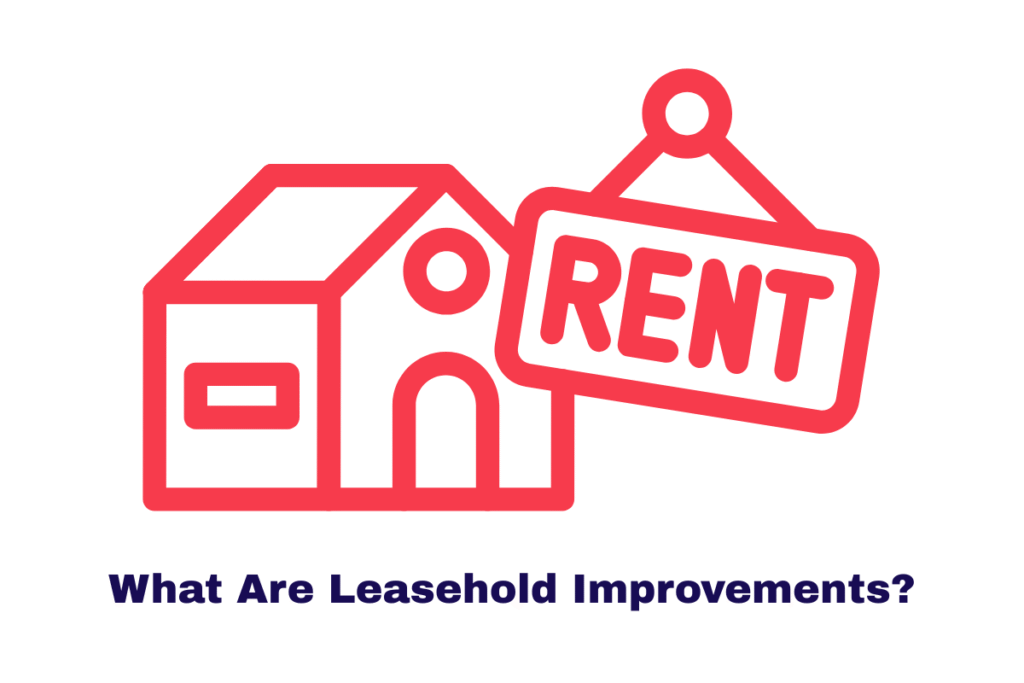If you’re a UK-based landlord, investor, or business owner looking for a tax-efficient way to manage your real estate assets, understanding how to transfer property into SPV (Special Purpose Vehicle) is essential. SPVs are widely used to streamline property ownership, mitigate risk, and optimise tax strategies.
Summary
“Transferring property into an SPV allows investors to ring-fence assets, reduce liability, and plan effectively for the future.”
What Is an SPV and Why Use It?
A Special Purpose Vehicle (SPV) is a limited company created solely for holding assets, usually property. SPVs have a separate legal identity from the individual or parent company, offering protection from personal liabilities and enabling more flexible financing and tax arrangements.
SPVs are especially beneficial for:
- Limiting liability
- Simplifying joint ownership
- Streamlining inheritance and estate planning
- Improving mortgage eligibility
Summary
“An SPV is a separate legal entity used for isolating assets and liabilities from your personal or business profile.”
You can also read our more guides on Personal Tax:
What is a Personal Investment Company?
Step-by-Step: How to Transfer Property into SPV
Below is a detailed breakdown of how to transfer property into SPV in the UK, including tax and legal considerations.
1. Set Up the SPV Company
The first step is registering a limited company with Companies House. Choose a suitable name, register your company address, and appoint at least one director and one shareholder. You must also choose the correct SIC (Standard Industrial Classification) code – for property, commonly used codes include:
- 68100 – Buying and selling of own real estate
- 68209 – Other letting and operating of own or leased real estate
Submit your Articles of Association and Memorandum of Association, and register for Corporation Tax with HMRC.
Summary
“Setting up your SPV correctly ensures your property holding structure is legally compliant and ready to receive assets.”
2. Obtain a Property Valuation
Before the property can be transferred, it must be valued professionally. This ensures the transaction is conducted at market value, preventing disputes and satisfying HMRC requirements for tax and reporting purposes.
Summary
“A professional valuation safeguards all stakeholders and determines stamp duty and tax calculations.”
3. Transfer Legal Ownership
Transferring legal title to the SPV involves three core steps:
- Drafting the Transfer Deed
A solicitor prepares a TR1 form (Transfer of Whole of Registered Title), outlining the property details, seller and buyer information, and agreed price. - Register with HM Land Registry
Submit the TR1 form and relevant documents to HM Land Registry, along with the required fee. Once approved, the SPV will be listed as the legal owner. - Pay Stamp Duty Land Tax (SDLT)
Even if you already own the property, transferring it to an SPV triggers SDLT as it is treated as a sale. SDLT is based on the market value, not purchase price, and may be higher for additional properties.
Summary
“Legal title transfer formalises the SPV’s ownership and involves registration, solicitor fees, and stamp duty.”
Resource:
- HM Land Registry: Transfer Ownership
- HMRC: Stamp Duty Land Tax
4. Fund the Transfer
Funding options for transferring a property into an SPV include:
- Commercial Mortgage
The SPV can take out a mortgage in its own name. The property acts as collateral, and lenders will assess the SPV’s business plan, financial projections, and the value of the asset. - Shareholder Capital Injection
Alternatively, shareholders may fund the transfer by purchasing new shares in the SPV, providing the required equity directly.
Summary
“SPVs can be financed either via external borrowing or internal shareholder investment, depending on strategy.”
5. Inform the Relevant Authorities
Once the transfer is complete, update the HMRC, local council, insurance providers, and any licensing bodies about the change in ownership. For example, if the property is rented, ensure the landlord licence reflects the SPV as the new owner.
Summary
“Keeping records and licences up to date post-transfer ensures regulatory compliance and uninterrupted operation.”
Tax Implications of Transferring Property into SPV
Transferring property to an SPV involves several tax considerations:
Capital Gains Tax (CGT)
If you transfer the property from personal ownership to the SPV, this is considered a disposal for CGT purposes. You may be liable to pay CGT on the difference between the original purchase price and current market value.
SDLT Surcharge
If the SPV already owns property, the 3% additional dwelling surcharge may apply.
Corporation Tax
Once the property is in the SPV, any profits from rental income or sales will be subject to Corporation Tax, not Income Tax. This is currently 19%-25% depending on profits.
Summary
“Understanding the tax impact is crucial; while SPVs offer efficiency, upfront liabilities like CGT and SDLT must be accounted for.”
Advantages of Using an SPV for Property Ownership
- Asset Protection
Your personal assets are protected if the SPV faces legal or financial challenges. - Inheritance Tax Planning
Shares in the SPV can be passed to beneficiaries, potentially reducing inheritance tax and simplifying estate management. - Easier Sale or Transfer
Rather than selling a property, you can simply transfer SPV shares, avoiding SDLT in some scenarios. - Better Financing Opportunities
Lenders often prefer SPVs for buy-to-let and commercial property financing, especially for portfolio landlords.
Summary
“SPVs provide structural, legal, and tax-related benefits that are especially appealing to property investors and landlords.”
Conclusion: How to Transfer Property into SPV
We hope that you have got the answer to your question “How to Transfer Property into SPV?”. Transferring property into an SPV can be a smart move if you want to ring-fence liabilities, simplify ownership, or optimise your tax planning.
However, it comes with responsibilities — from setup and legal transfer to tax compliance and reporting.
Working with a qualified accountant or property solicitor is essential. For accurate financial projections and to assess the cost-effectiveness of using an SPV, make use of trusted tools like the Listen to Taxman Calculator to understand your income tax liability post-transfer.
Summary
“SPVs are a smart property ownership strategy, but professional advice ensures you’re using them legally and profitably.”
Are you ready to optimise your property portfolio with SPVs? Use our Listen to Taxman Calculator to project your income tax and assess the financial benefits of transferring your property today. For expert guidance, browse our blog or consult an accredited UK tax advisor.
The content provided on TaxCalculatorsUK, including our blog and articles, is for general informational purposes only and does not constitute financial, accounting, or legal advice.
You can also visit HMRC’s official website for more in-depth information about the topic.



